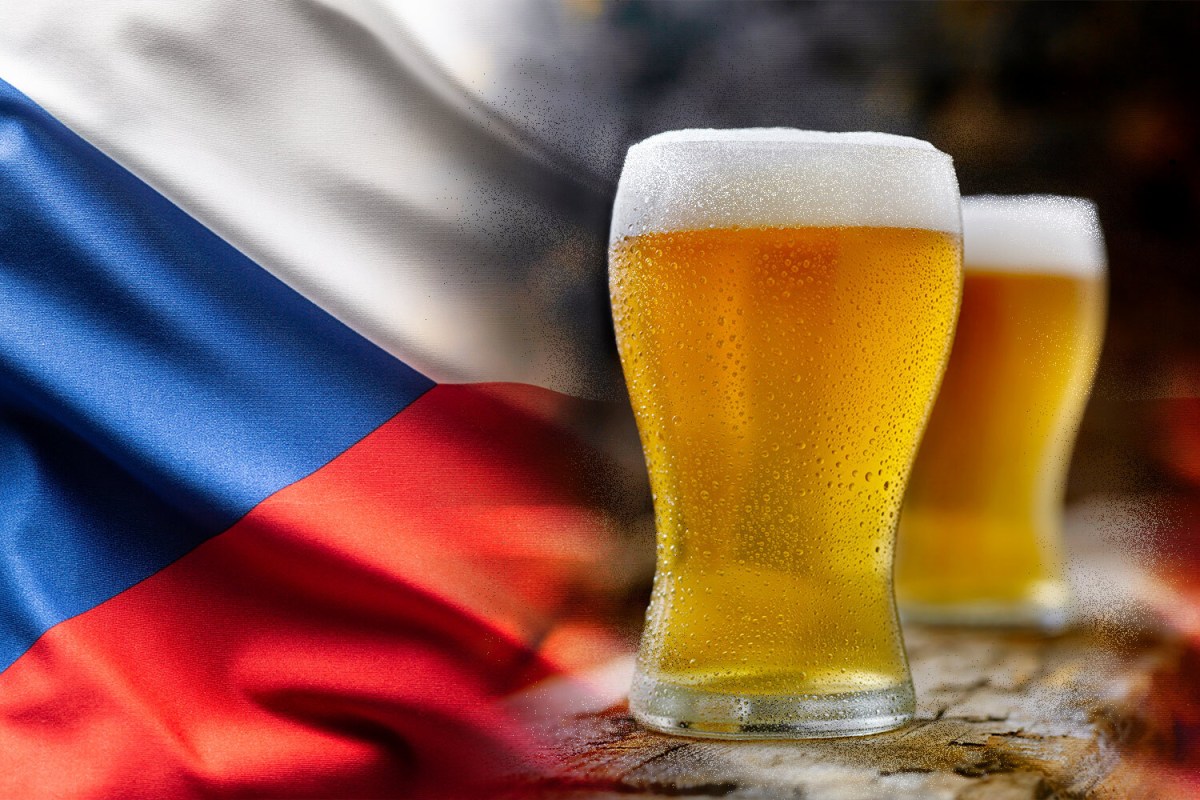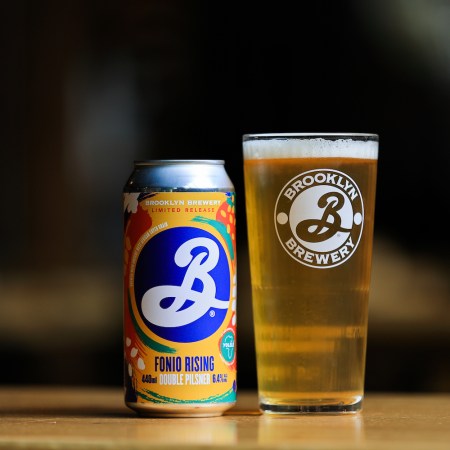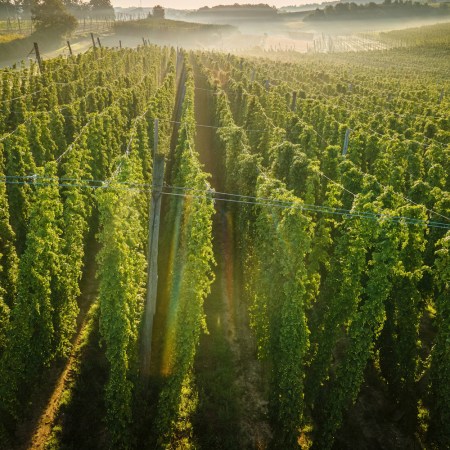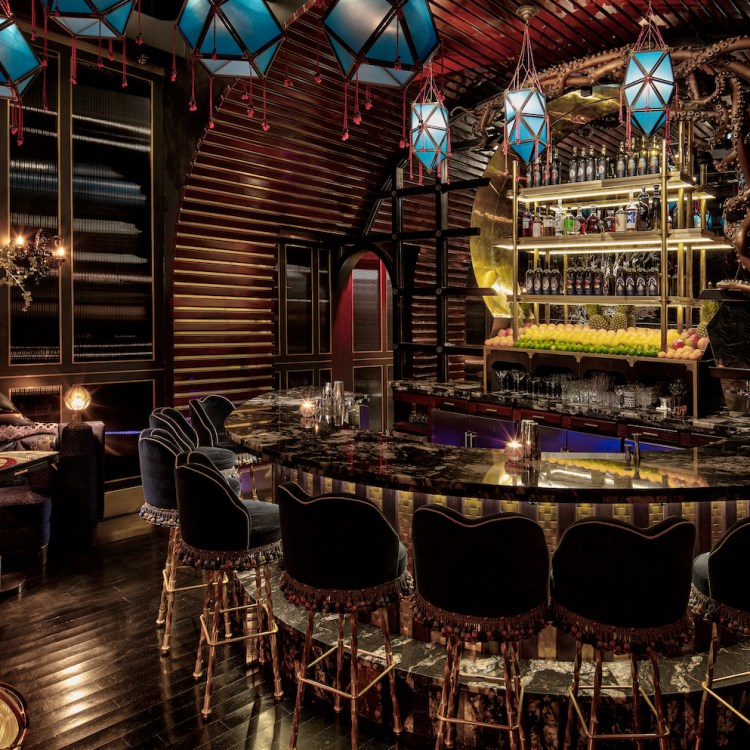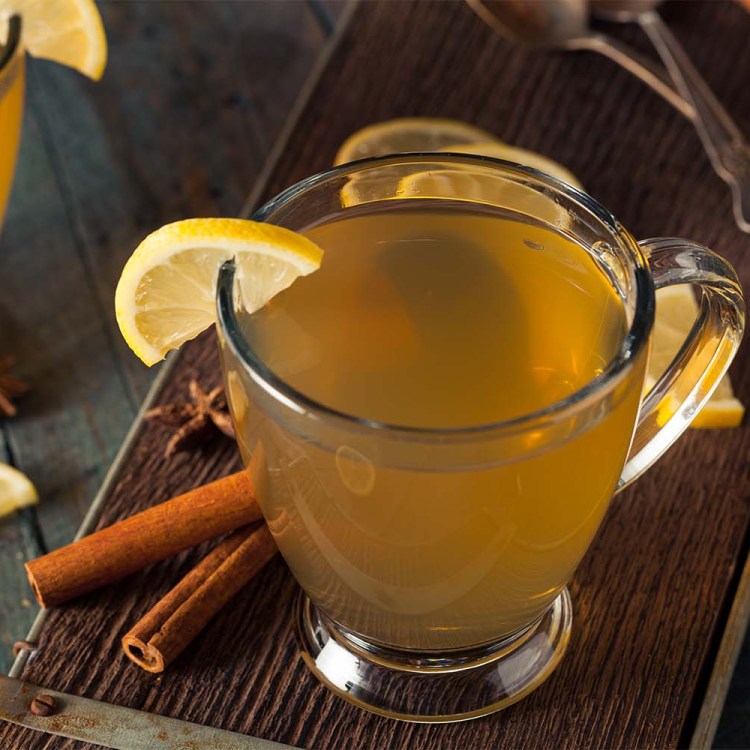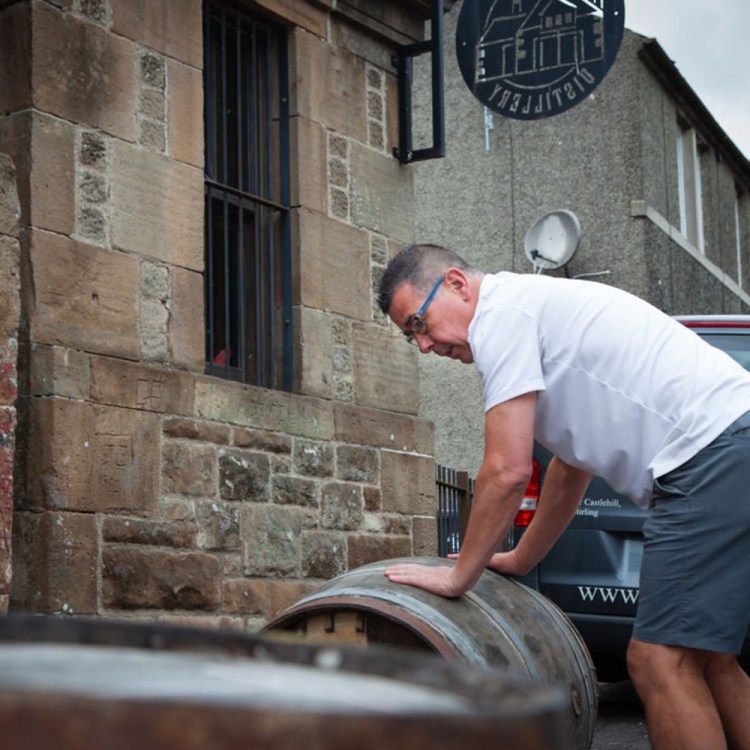There’s a joke among brewers that next year is going to be the year of the lager — a wink and nod to a repeat prediction that’s never fulfilled. Nevertheless, it didn’t stop beer blogs from declaring 2023 the year of the Czech lager, but this time, there might be some shades of truth to it according to the brewers and the associations that love them.
However, much like a well-crafted beer, there’s complexity here, and the evidence leans on the anecdotal rather than hard data. Nor does any reported rise in Czech lager consumption imply a decline in other trendsetters like double IPA, which still ranks high in the craft market. Even so, Czech lagers do seem to be having a moment that reflects larger trends. As Liz Paquette, head of consumer insights at Drizly noted, “Consumers may be starting to pull away from heavier, hoppy beers in exchange for something lighter and more refreshing,”
Czech lager fits that bill, and it’s getting a boost by changes in consumer habits, brewer preferences, marketing strategy and more. Here’s how.
What makes a lager Czech?
Light, malty, snappy, crispy, refreshing, easy — those are common descriptors of a good Czech lager. After that, the story gets more complex, even confusing, thanks to the same notional nomenclature that applied “champagne” to many sparkling wines. Pilsner is the prime example, having become a byword for all Czech lagers. However, in the Czech Republic, a pilsner is merely a style of lager produced by the Pilsner Urquell Brewery in Plzeň. More broadly in the Czech Republic, lagers break down according to color — světlé (pale), polotmavé (amber) and tmavé (dark) — and gravity, measured in degrees.
For brewers like Chris Lohring at Notch Brewing in Salem, Massachusetts, it’s about the balance of the malty sweetness and hoppy bitterness. “Czech lagers are not dry and bitter,” he explains. “It’s got a really good malt sweetness to it, not sweet in a sugary way; it’s a full palette.” Erik Larkin of Cohesion Brewing Company in Denver, Colorado, which focuses on Czech lagers, would also point to the character of the malt. “Czech malts are slightly less efficient,” he says. “They’re slightly less modified; they can’t produce exactly the same amount of sugar in the brewhouse.”
Both brewers stress the importance of “decoction,” a mashing process that removes a portion, boils it and reintroduces it at specific intervals. This reflects older brewing methods that modern tanks with precision temperature control have largely rendered unnecessary. Czech brewers, however, still swear by it. “We’ve asked multiple Czech brewers, ‘Do you think you can make Czech lager without decoction?’And the answer is always no,” Larkin notes. Legally, they can’t either, as decoction is mandated for any breweries that want to use the České pivo Protected Geographical Indication.
Is there a real trend or just another punchline?
The trend is real, according to many in the brewing industry, albeit with several qualifications. The first is that hard data is scant, but Ontario-based Escarpment Labs, which produces yeast for brewers, does report a significant increase in sales of lager yeast by around 40% in the past few years. “And that does include Czech specific strains, for sure,” says Richard Preiss, co-founder and lab director.
Beyond that, it gets harder to find hard numbers. But Bart Watson, chief economist for the Brewers Association, offers a caveat: “It’s just hard to get really solid data points on something like this…a niche within a niche.” Nevertheless, he adds, “I think there is [a Czech lager trend], but it’s small.” As further anecdotal evidence, he points to a growing embrace of Czech lagers by small-scale brewers. “Where we’re seeing Czech lager bubble up are from small producers; ten years ago, very few were making lagers, and now it’s very common.”
The Complete Guide to Oktoberfest Beer
Things look a lot different in Germany than the United StatesWhat’s driving the trend? There’s no single factor pushing Czech lagers into the limelight, but four influencers do stand out:
Brewer love
For Lohring, the main driver is people like himself. “It’s brewer-driven,” he stresses. “Brewers want this to be a trend because brewers want to brew this, and they want to drink it.”
That sentiment is echoed by Watson. “You go to a party with brewers, and it’s English mild or pilsner. Those are the things that tap first because brewers like to drink beer, and they like to drink a lot of them,” he explains. There’s a practicality to it, too. “The one that we’re going to go to at the end of the shift, when you’ve been working hard, is not an 8-9%. You’re going to go to 4 or 5% — clean and easy to drink,” Lohring notes. Larkin says it’s more than just brewers, too, at least in a robust beer market like Denver. “We have a lot of breweries and people that work in beer and beer distribution, or work at taprooms in this Denver Metro area,” he says. “So, we have a pretty big customer base.”
Palate fatigue
There’s only so many hop bombs the tongue can take — and so often. As DIPA drinkers know, that bitter burning sensation can sometimes last days, no matter how much you scrape, brush and rinse. After a certain point, you may simply stop tasting your beer altogether. This palate fatigue is one element pushing some back toward lagers (including this writer), and Czech lagers are benefiting. That said, it’s not so much an industry-wide phenomenon, stresses Watson, but rather the journey of the individual drinker. “People are in different places,” he says. “Right now, there’s probably somebody who is getting into IPAs who’s going graduate to double IPA soon. At the same time, there’s somebody who maybe is getting palate fatigue and wants to scale back or explore some different flavors.” Nevertheless, the size of the IPA world today means you’ll have more people eventually swinging back toward lagers.
Pandemic whiplash
In lockdown, America took to the bottle, with retail alcohol sales increasing 34% early in the pandemic — as did the number of drinks per day, frequency of alcohol consumption and heavy drinking days. This raised the bar for ABV, too, as people sought higher alcohol content to become comfortably numb as quickly as possible. However, with the shift back to in-person living, a lower ABV becomes more essential, especially in bars and taprooms. “There’s a different type of drinking that happens in the pub setting than packaged beer off the shelf,” says Joe Lemnah, founder and owner of Burlington Beer Company. “When you’re in [a pub], you want that lower ABV; you can drive home afterwards.” Watson agrees, noting, “Czech lager fits very, very well into those.”
Marketing
In a thriving market, craft brewers naturally seek gaps they can tap into — no pun intended. For Larkin, Czech lagers offered that. “We went to Prague, and I said to myself, it didn’t seem like anyone is doing this in the U.S.,” he says. “There are not really beers that are labeled as Czech lager or Czech pilsner that taste like these.” Czech lagers also allow brewers to tell a story with a singular focus, too, which Larkin reports people respond well to. “We don’t have to worry about telling you why we make an IPA, a West Coast IPA, an Oktoberfest, gose, imperial stout…we only have to tell you why we make Czech lagers,” he says. That story becomes enhanced by greater access to traditional Lukr Taps, which add that distinct creamy head and allow for Czech pours like Mlíko and Šnyt, which helps create a fuller experience. “We’ve seen in the consumer research that people don’t want to just go and drink, they want to go and have an experience and drink while they have that experience,” adds Preiss. “Czech lagers add a little bit to that.”
How is Czech lager changing perspectives?
If anything is keeping the Czech lager trend to a blip on the radar, it’s perhaps a prejudice of craft-loving Americans against lagers that was generated by decades of dull versions by the industrial producers. “The perception is that lager is boring or dull, and low alcohol doesn’t have flavor, character or depth,” explains Lohring. “The reality is the opposite; they’re delicate and have a wonderful depth of character.”
Every Thursday, our resident experts see to it that you’re up to date on the latest from the world of drinks. Trend reports, bottle reviews, cocktail recipes and more. Sign up for THE SPILL now.
